What is the tolerance range of precision screws?
What is the tolerance range of precision screws?
Service Hotline
+86760-8787 8587We have more than ten years of production experience in the screw industry, the main products are: six-star screws, double-ear gaskets, iron color zinc screws, hand-knocked rivets, plum-shaped column screws, S-shaped screws, flat washer countersunk head machine Wire screws and screws, EN1661 hexagonal flange nuts, tapered single-sided toothed non-slip, black nylon head nuts, large flat head screws, screw set screws, thick and thin washer mesons, round nut top posts, 303 stainless steel bolts, etc. Due to the different materials and specifications of the products, the prices are also different, if necessary, please contact us.


At present, injection molding screws are widely used in various electronic and automotive components, including a body, the middle of which is provided with a through hole 3, the body head 1 has a hexagonal cross-section, and the tail 2 is provided with screw teeth. When in use, the middle through hole 3 of the main body will first put the wire harness, and then fix it by injection molding from the head I, and the threads of the tail 11 should be connected and installed with other components. Because the head I of the main body is hexagonal, the torque provided after injection molding is insufficient. Therefore, after the external thread is installed and connected with other components, the head is prone to slip, the installation is not reliable, and there is no push-pull force, resulting in product failure and increased safety hazards.
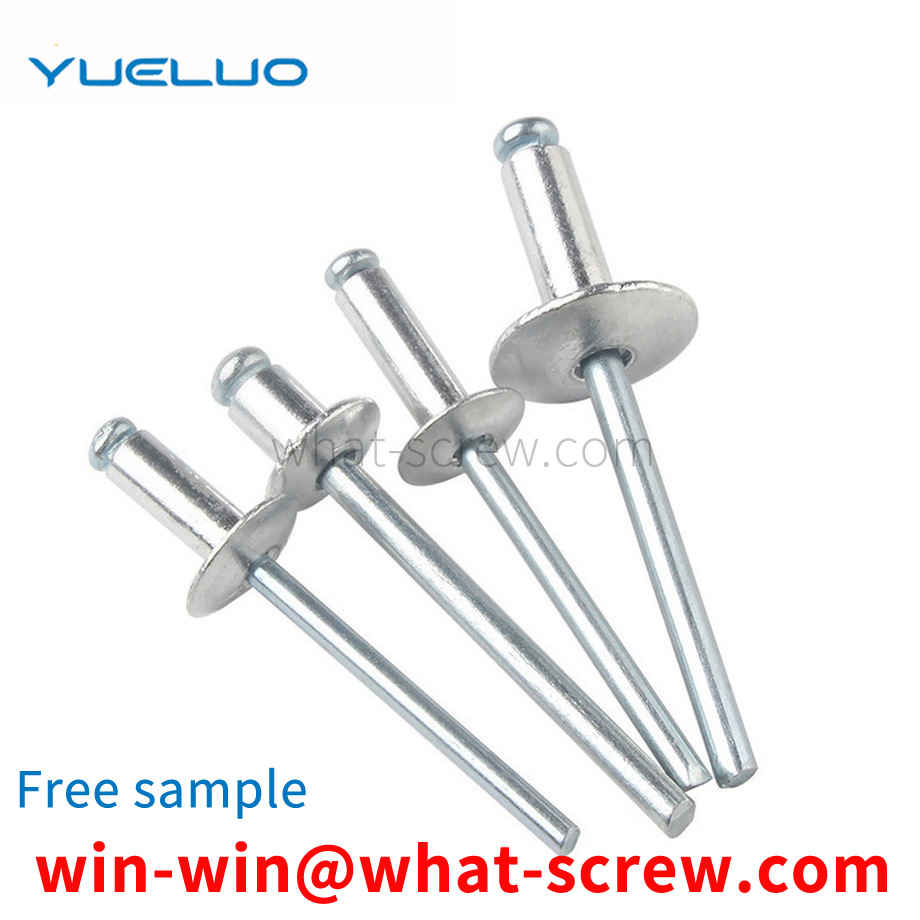
Subject content and scope of application This technical requirement specifies the technical requirements for the manufacture, installation and inspection of high-strength bolted joints of mobile machinery and equipment. Contents not specified in this technical requirement shall be implemented in accordance with relevant national standards. This technical requirement applies to mobile machinery steel structures that require high-strength bolted connections. This technical requirement applies to quality control and construction methods for in-plant and on-site installations. 2. Joint surface treatment 2.1 For friction type high-strength bolt connections, the joint surfaces at the joints are required to be in close contact with each other and have a sufficient friction coefficient. When the design drawing does not specify the treatment requirements for the joint surface, the treatment shall be carried out according to the following regulations: sandblasting or shot blasting the joint surface of high-strength bolts, remove impurities such as rust and oil stains on the surface, and reach the Sa2.5 standard , the roughness is 50 ~ 75μm, and the friction coefficient shall not be lower than 0.40. When there are regulations in the drawings, follow the regulations in the drawings. 2.2 The friction surface of the treated high-strength bolt connection should take protective measures to prevent contamination with dirt and oil. It is strictly forbidden to make any marks on the friction surface of the high-strength bolt connection. During storage in the factory, or during transportation, to the installation site, special precautions should be taken to prevent contamination of the connection surfaces. The installation unit should pay special attention to protecting the cleanliness and friction surface characteristics of the connecting plate of the high-strength bolt and the connecting surface of the parent body. It is not allowed to use a grinder to grind the connecting surface of the connecting plate and the connecting surface of the parent body. 3 Inspection of the anti-slip coefficient of the friction surface of high-strength bolts The inspection of the anti-slip coefficient should be based on the steel structure manufacturing batch, and each 2000t of a single project is regarded as a manufacturing batch, and those less than 2000t are regarded as a batch. When two or more surface treatment processes are selected, each surface treatment process needs to be inspected. Each batch of three groups of specimens. If the connection is diffused to an external enterprise, each corresponding enterprise shall conduct an anti-slip coefficient test. 3.1 The test piece used for the anti-slip coefficient test should be processed by the factory or the diffusion enterprise. The test piece and the representative steel structure member should be of the same material, produced in the same batch, using the same friction surface treatment process and have the same surface state. And use the same batch of high-strength bolt connection pairs of the same performance level and store them under the same environmental conditions. The anti-slip coefficient test is carried out according to the test method of GB50205 Code for Acceptance of Construction Quality of Steel Structure Engineering. 3.2 The minimum value of the anti-slip coefficient inspection must be equal to or greater than the design specified value. When the above specified values are not met, the friction surface of the component should be reprocessed. The friction surface of the treated component is re-inspected. 4. Connection and installation of friction type high-strength bolts for steel structures 4.1 Preparations before installation 4.2 Select qualified bolts, nuts and washers. The guarantee period for the torque coefficient of the connecting pair is six months from the date of delivery. 4.3 Bolts, nuts and washers in the following cases are unqualified products and are prohibited from being used. a. The source (manufacturer) is unknown; b. The mechanical properties are unknown; c. The torque coefficient k is unknown; d. Defective; e. No performance test report attached; f. Mixed with other batches of bolts; g. Bolts with insufficient length, that is, the bolt head does not show the end face of the nut after tightening. Generally, the length of the end face of the nut to be taken out is 2 to 3 threads. h. The torque coefficient of the connecting pair exceeds the warranty period. Special attention should be paid to waterproofing during transportation and storage. 4.4 Before the construction of the large hexagonal head high-strength bolts, the torque coefficient of the high-strength bolt connection pair should be re-inspected according to the factory approval. Each batch of 8 sets should be re-inspected. Less than or equal to 0.010. The re-inspection method of the torque coefficient shall be carried out in accordance with the provisions of GB50205 Code for Acceptance of Construction Quality of Steel Structure Engineering. The installation of high-strength bolts should be carried out within a short period of time after the test.
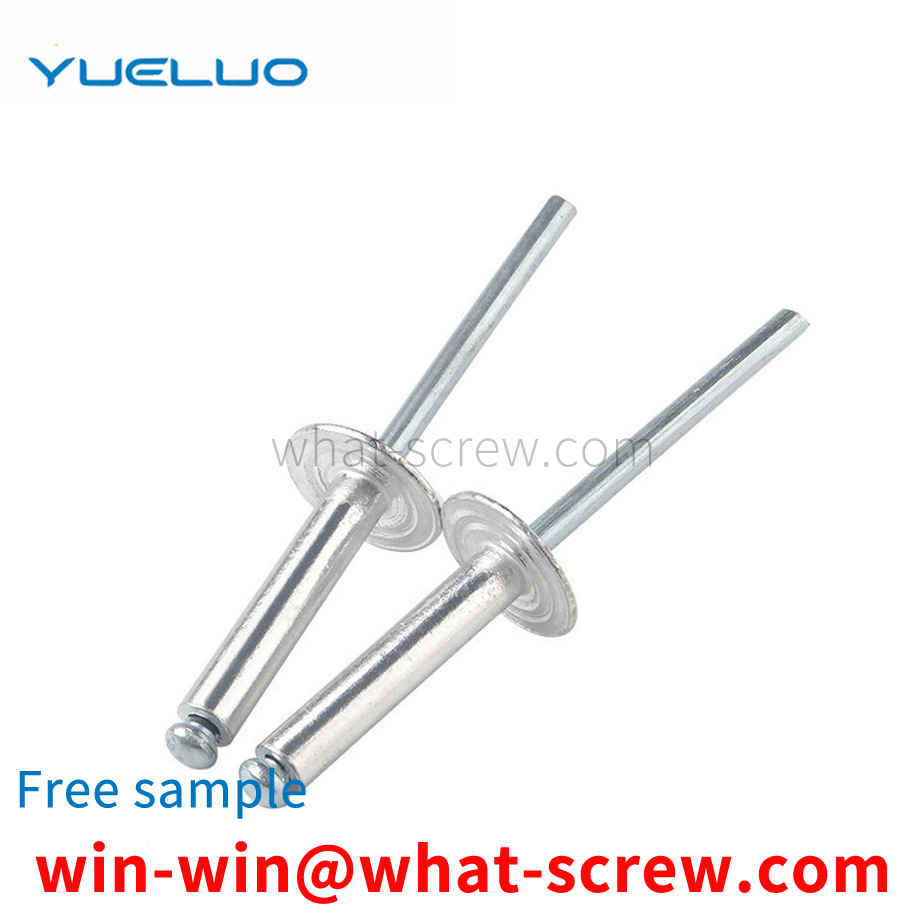
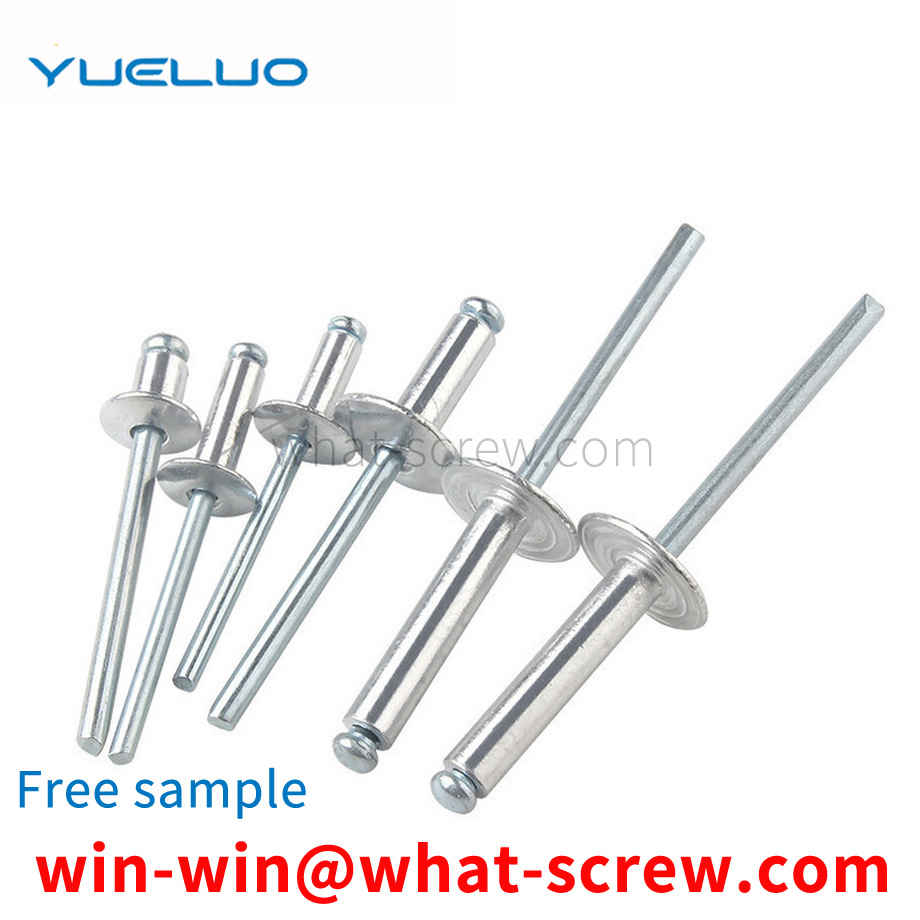
met a customer before, and the stainless steel screws needed by the company need to be prevented from loosening. Simply put, the stainless steel screw should be used on the product material so that the stainless steel screw will not fall off lightly. The screws are required to be more tightly connected with the product material. For the solution of stainless steel screw anti-loosening, there are two solutions. Next, the following two solutions to prevent loosening of stainless steel standard parts are presented. The first is to use the resilience of special materials, such as engineering resin materials, which have good resilience. Attach it to the stainless steel screw thread. Make it mechanically rub against the nut, or material product. Generate vibration and absolute resistance. Completely solve the problem of loose screws. The second, simply put, is to apply a layer of glue on the thread of the stainless steel screw, the so-called dispensing. This glue is called drop-resistant glue. This glue has good properties such as high stickiness and non-toxicity. This glue is applied to stainless steel screws, and when dry, it adheres extremely well. The stainless steel screw thread can be combined with the nut thread, or after the product threaded hole is joined, resulting in a super tightening effect. Play a super good anti-loosening effect.
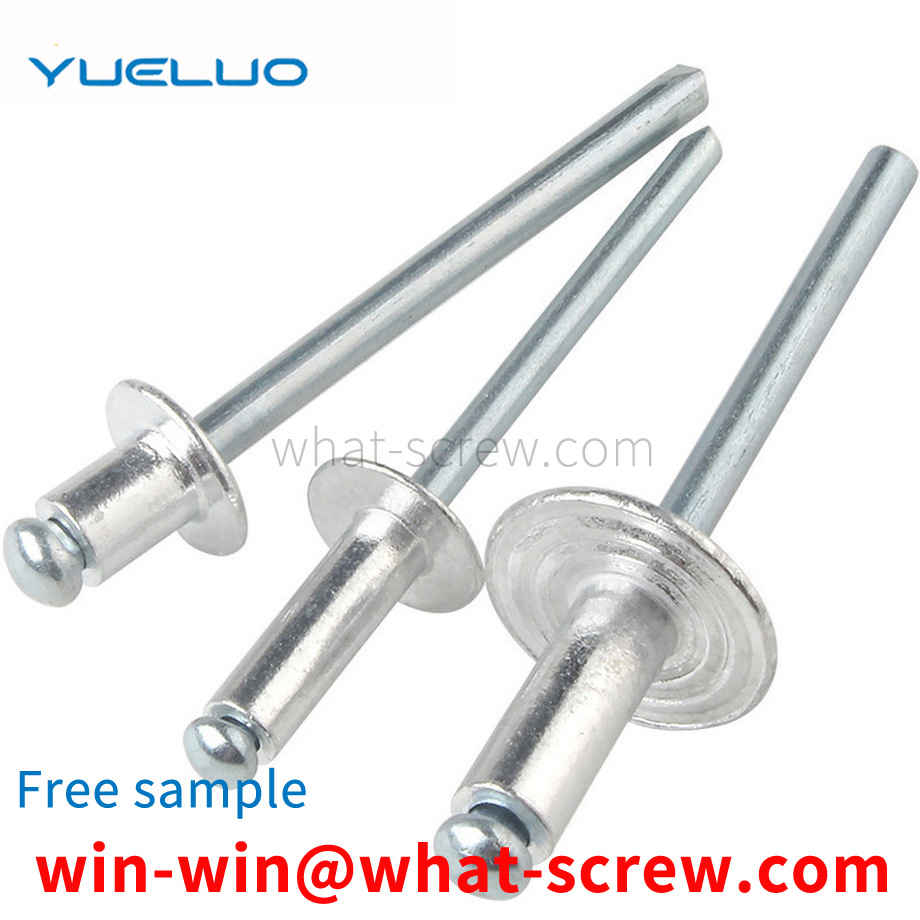
At present, there are many kinds of smart terminals on the market. Due to the reduction of the overall volume of the smart terminal and the more compact internal parts, the nuts are generally made of injection-molded nuts. The traditional injection-molded nuts are directly fixed on the equipment. During the process, it is easy to loosen and fall off, which greatly reduces the service life of the injection nut and brings inconvenience to the use of the mobile terminal.

The above content is uploaded by Yueluo or the Internet. If there is any copyright issue, please contact [email protected].

What is the tolerance range of precision screws?

How to choose the right stainless steel screw manufacturer?

Why is there an R angle under the head of the hexagon head s...
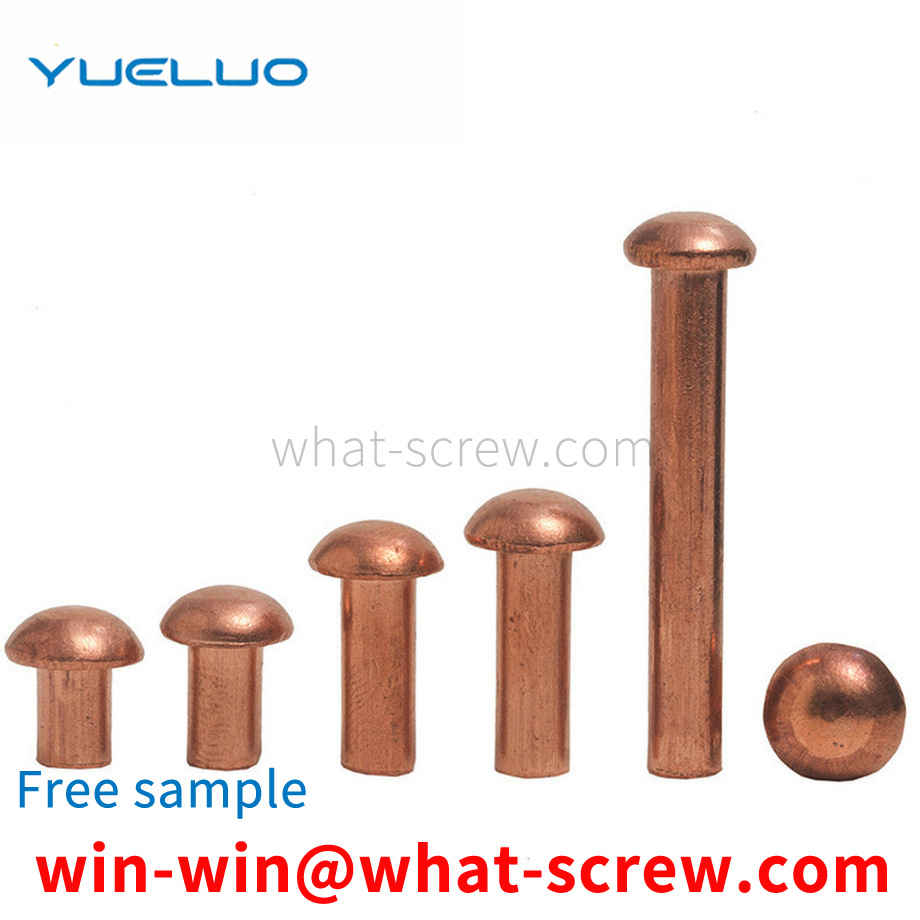
We have more than ten years of experience in the production ...
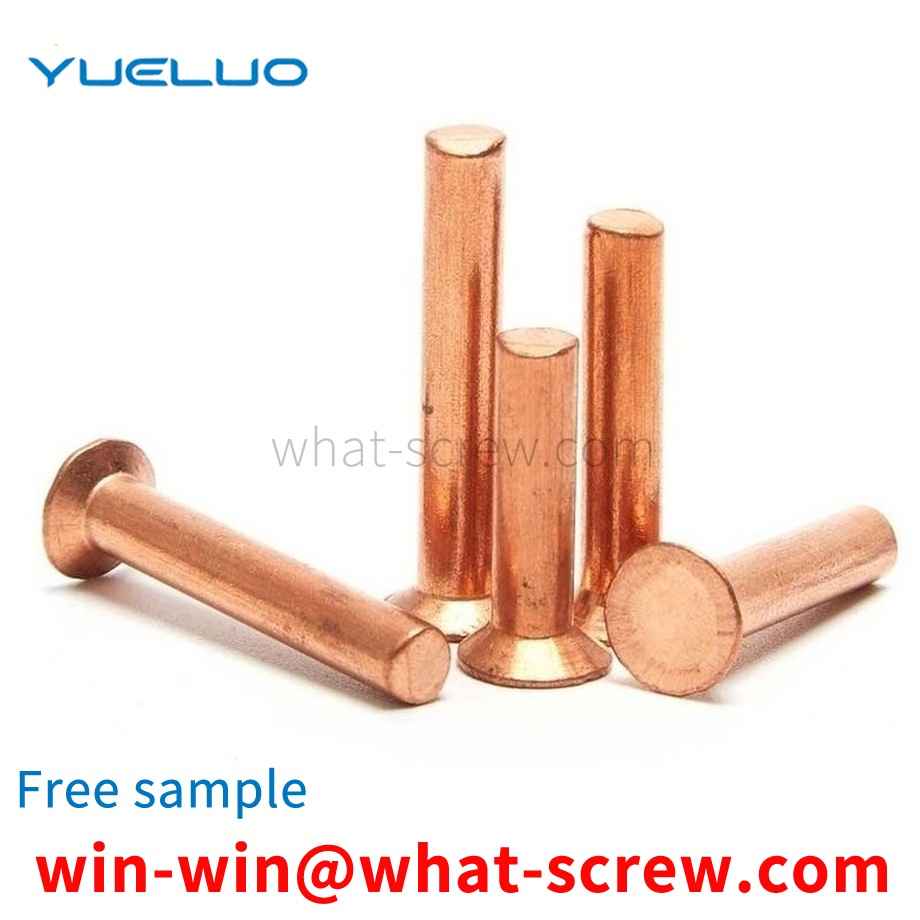
We have more than ten years of production experience in the ...
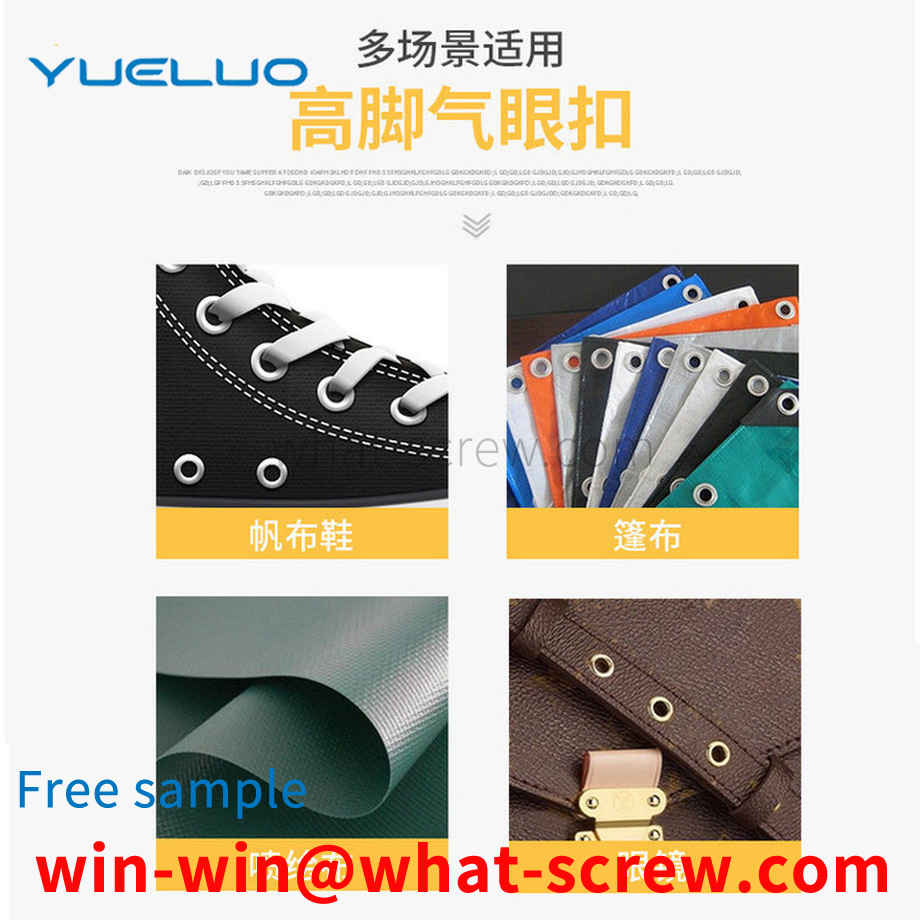
We have more than ten years of experience in the production ...
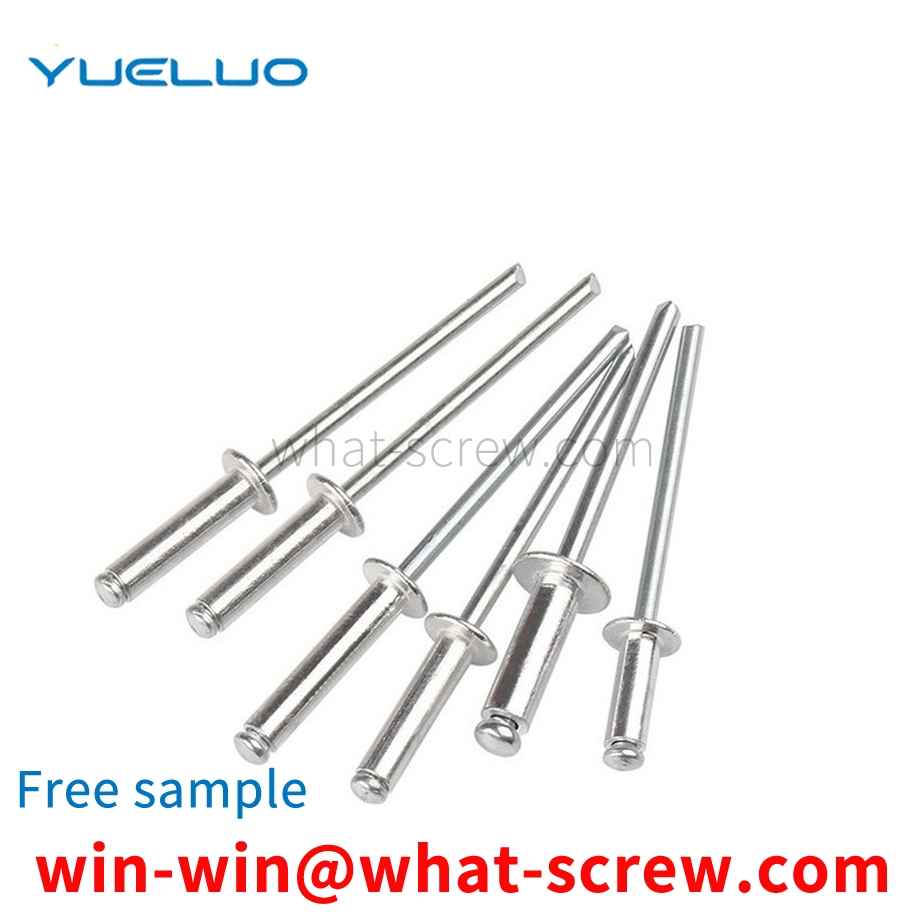
We have more than ten years of experience in screw industry ...